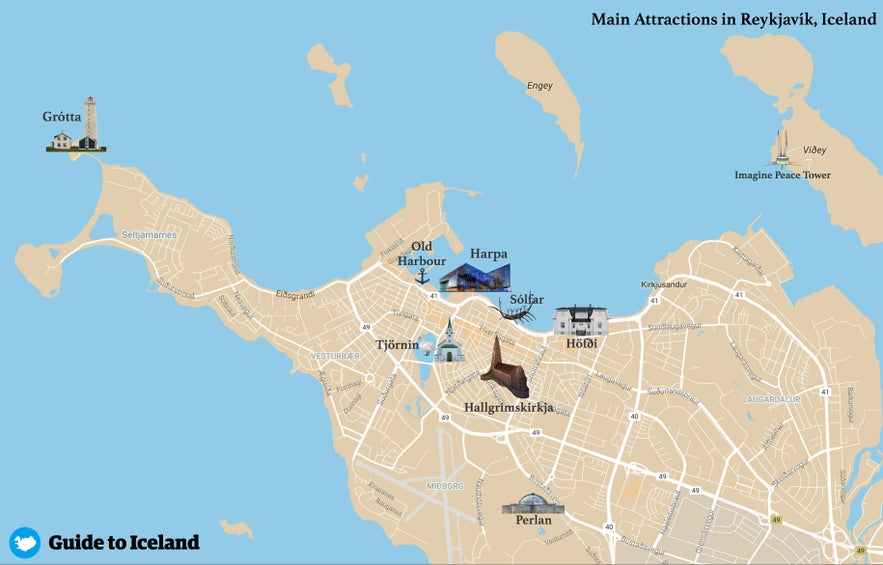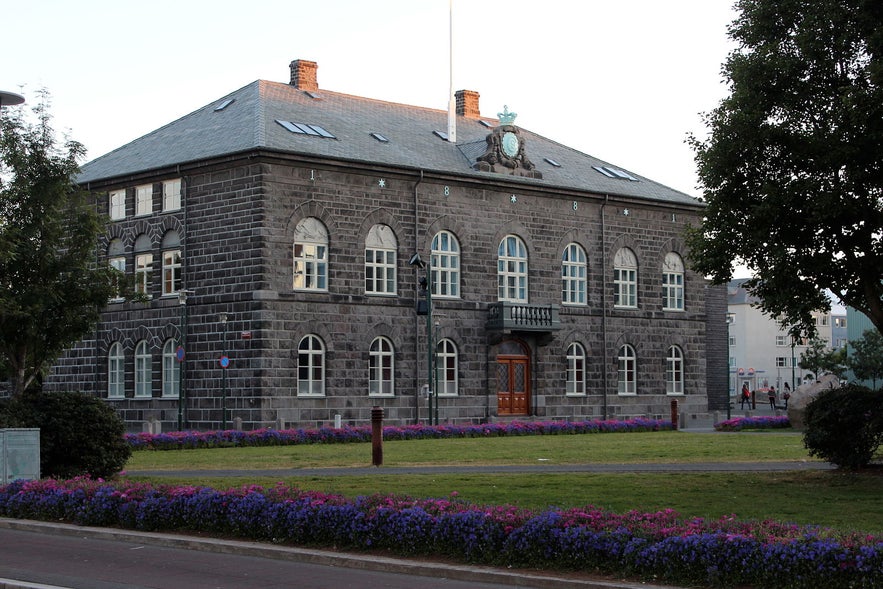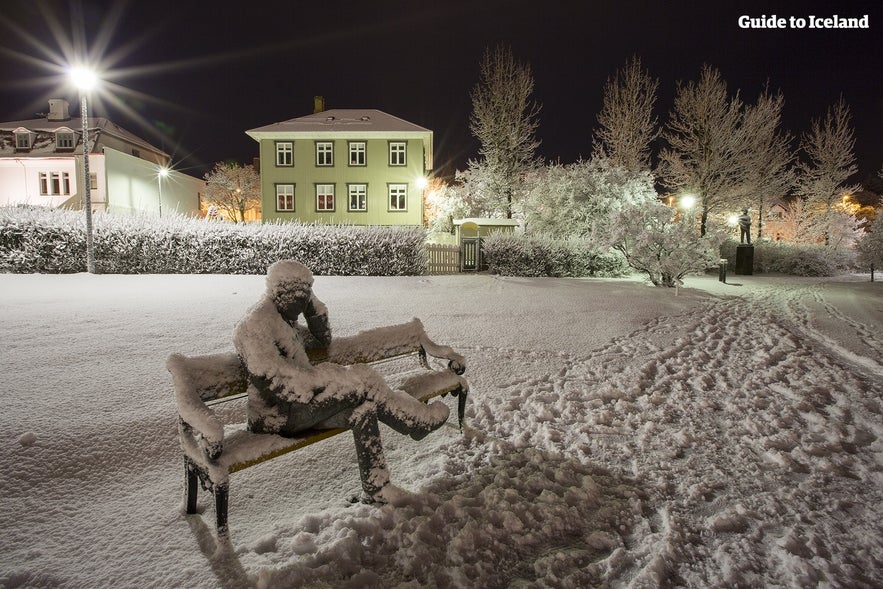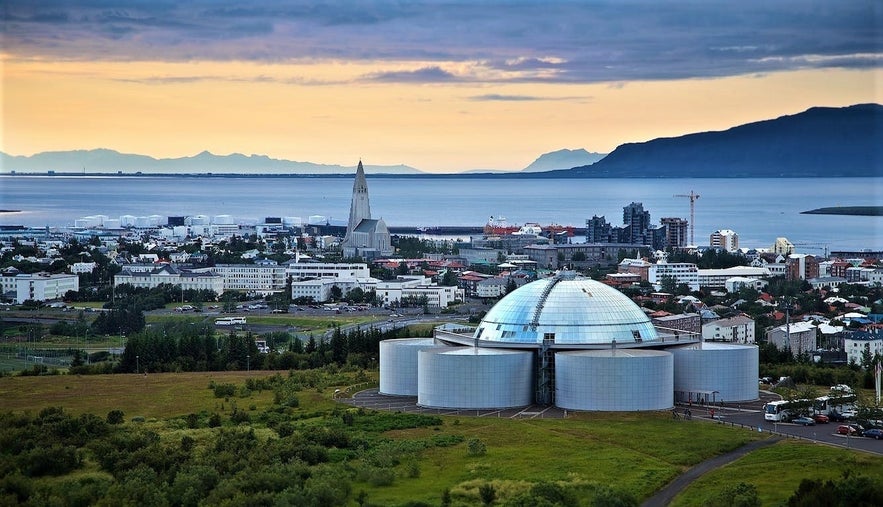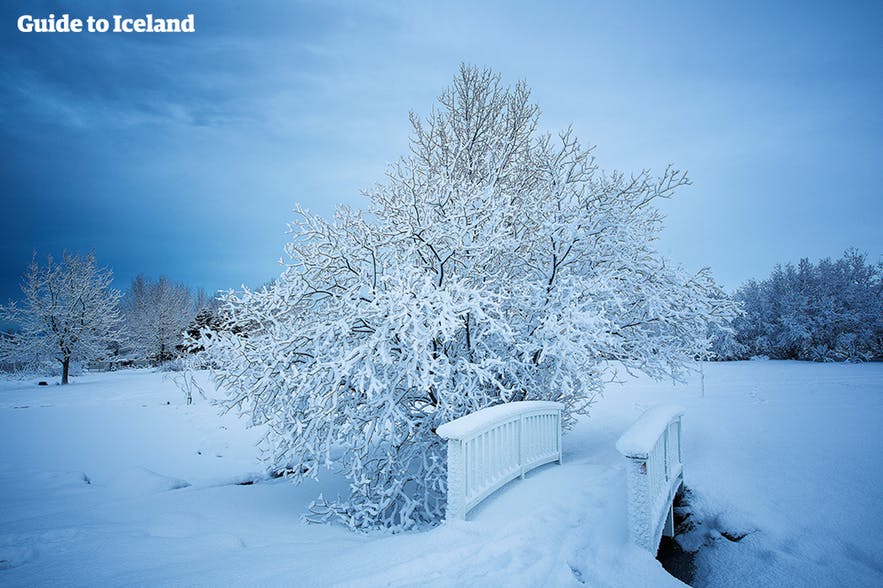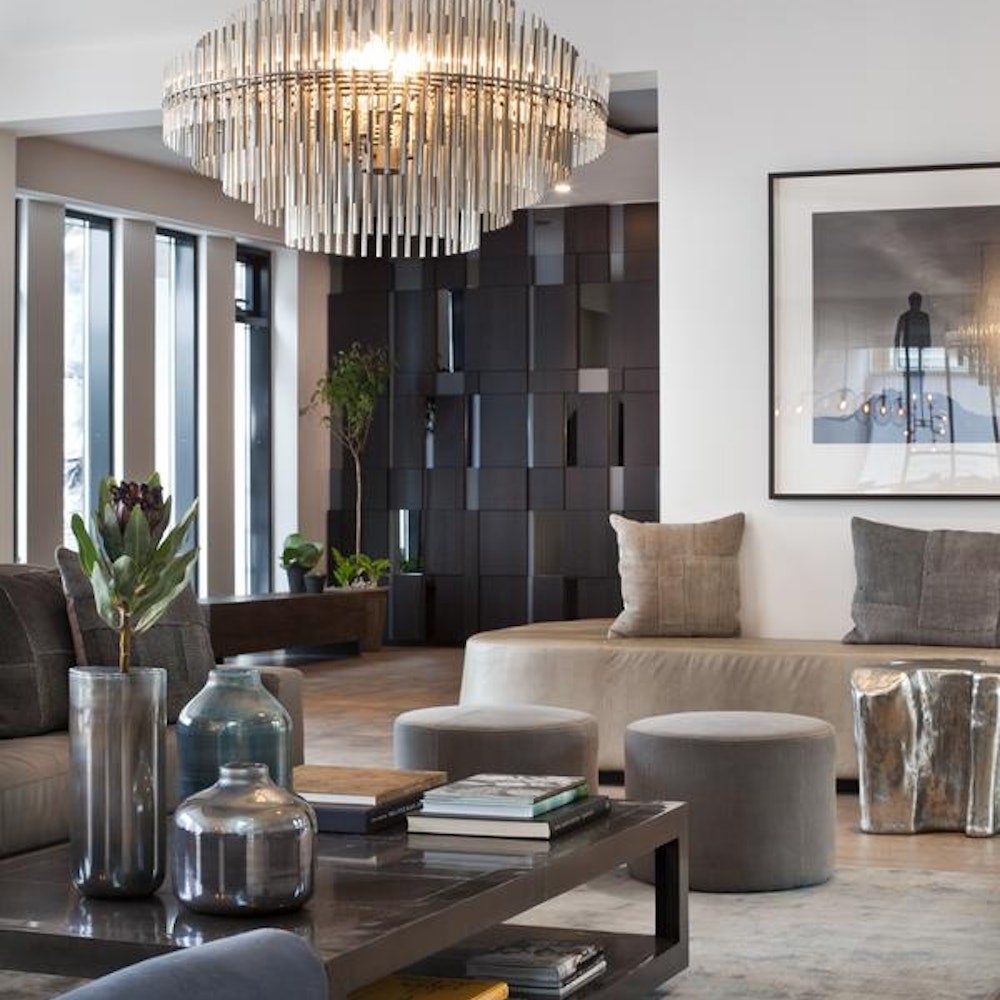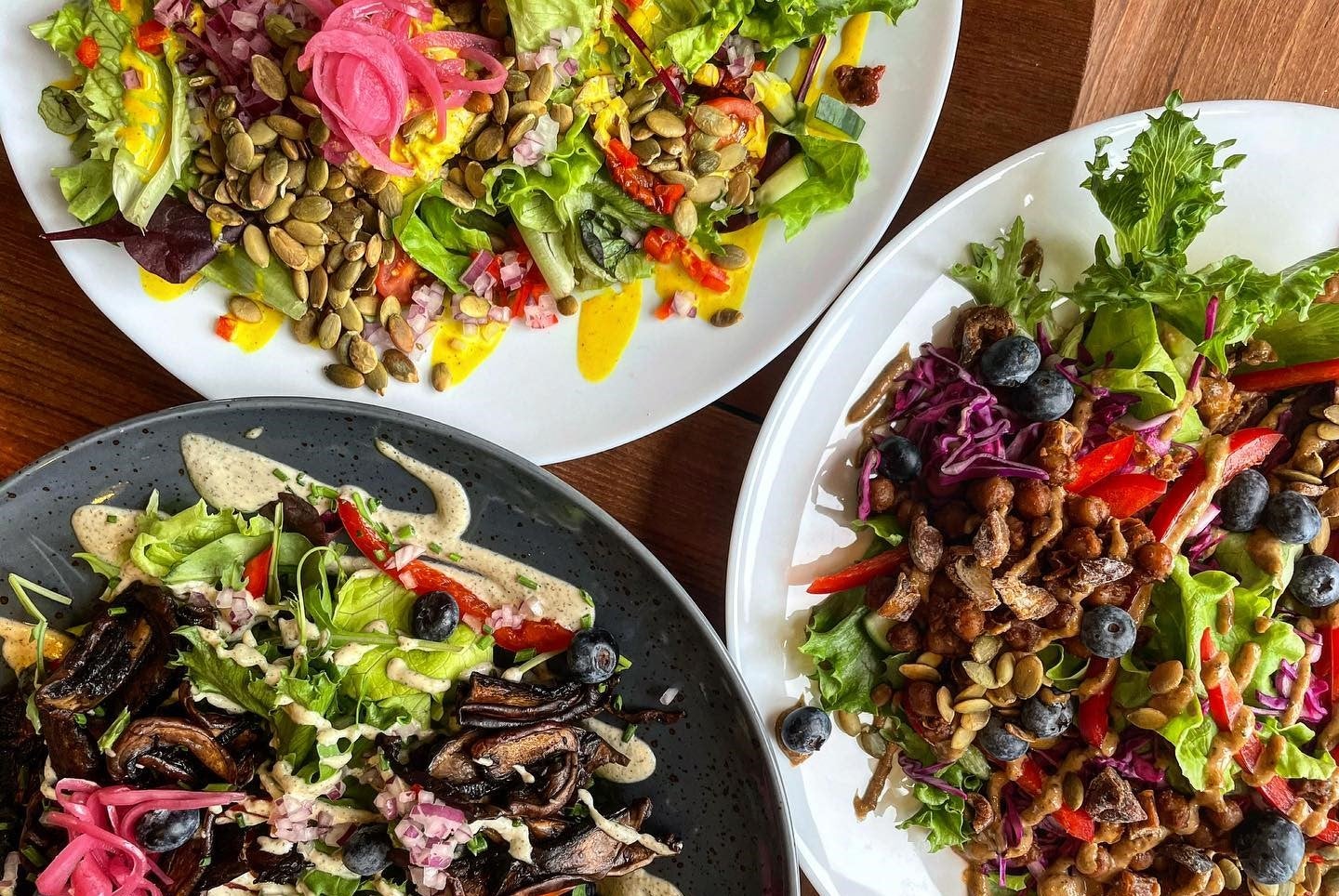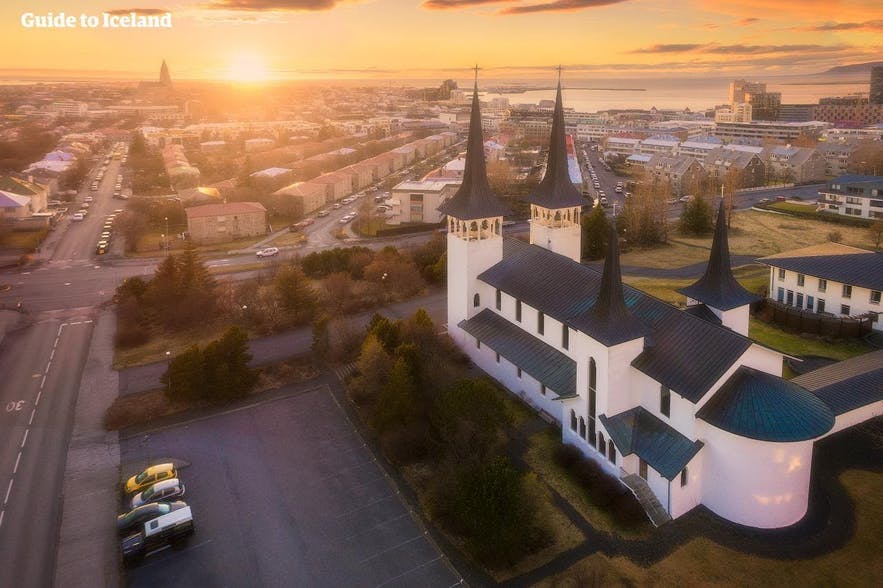
雷克雅未克有哪些最具标志性的景点?在哪里可以领略这座城市最精彩的艺术、历史和文化?请继续阅读,了解关于冰岛充满活力的首都及其周边观光的所有信息。
冰岛因其自然风光而闻名于世:北极光、壮丽的冰川、令人惊叹的瀑布、美丽的高地,当然还有爆发力十足的火山。因此,大多数游客在来访时,往往很少考虑在雷克雅未克会做些什么。
为什么可以信赖我们的内容
Guide to Iceland是冰岛最受信赖的旅游平台,每年为数百万游客提供服务。我们所有的内容均由深谙冰岛的本地专家撰写和审核。您可以信赖我们为您带来准确、最新、值得信赖的旅行建议。
然而,首都本身也充满了惊喜和独特的景点,能够满足各种兴趣的游客。我们建议您预订雷克雅未克徒步游,由专业导游带您深入了解这座迷人城市的本地风情。
历史爱好者会被城市的古老建筑和维京及中世纪遗迹所吸引。热爱文化的游客则会欣赏如哈帕音乐厅(Harpa Concert Hall)和哈尔格林姆斯大教堂(Hallgrimskirkja Church)等地标。
视觉艺术爱好者将在雷克雅未克遍布的雕像、雕塑和街头艺术中大饱眼福。自然爱好者则会发现,即使不离开城市,也能欣赏到壮丽的自然风光。
让人在雷克雅未克观光一天或更久如此愉快的,不仅仅是景点本身。城市的魅力源自于其多样的对比。
色彩斑斓的铁皮屋顶老房子环绕着充满现代感和精致的新建筑。狭窄起伏、建筑密集的街道与宽阔的绿地相间,安静的角落让人可以静心沉思,而这些都与繁华的市中心仅咫尺之遥。
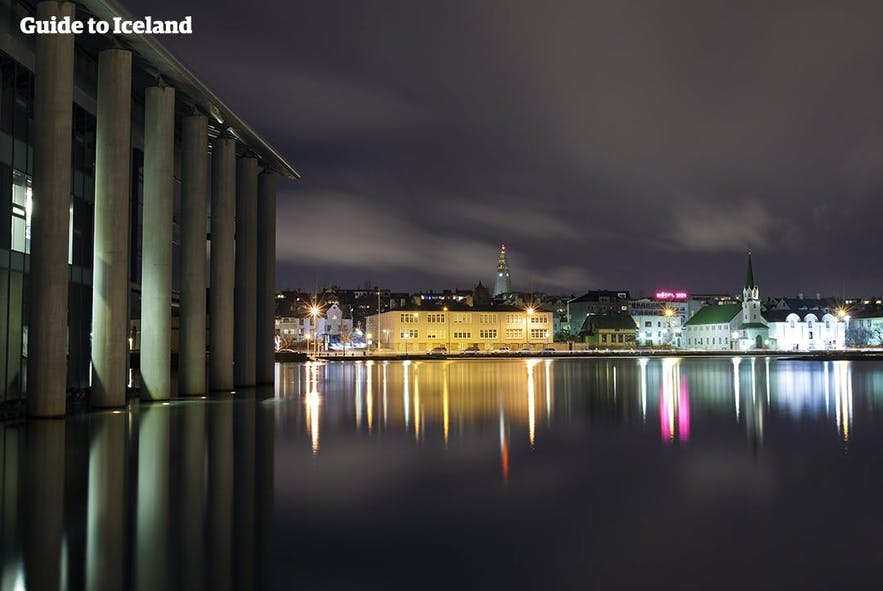
首都既像一个紧密团结的社区,又是一座充满前瞻性的城市。除了景点和自然魅力外,这里还有丰富的画廊、博物馆、精品店和酒吧,以及不断上演的现场活动和节日。雷克雅未克正不断崛起,成为世界领先的文化之都之一。
- 另请参阅:雷克雅未克的历史
如何在雷克雅未克观光
游览雷克雅未克的方式多种多样,随着游客数量的不断增长,选择也日益丰富。2024年,冰岛接待了超过200万名国际过夜游客,预计2025年将创下新纪录。
 全年都有导游带领的徒步游,带您走访精选的标志性景点。许多徒步游免费,您也可以选择付费私人团,并结合啤酒品鉴等文化体验。
全年都有导游带领的徒步游,带您走访精选的标志性景点。许多徒步游免费,您也可以选择付费私人团,并结合啤酒品鉴等文化体验。
还有随上随下观光巴士,让您在更长时间内轻松抵达更多景点。
如果这些方式还不够刺激,还有多种空中观光之旅,让您从全新视角俯瞰城市地标和周边风光。
这些令人兴奋的行程可选择直升机或小型飞机,全年在天气良好时从雷克雅未克国内机场出发,既便捷又刺激。

雷克雅未克的历史遗迹
根据《定居之书》(Book of Settlements)记载,雷克雅未克自公元874年起就有人居住。因此,这里拥有丰富多彩的历史,赋予众多热门景点独特的色彩。这里有见证冷战终结契机的宅邸、世界上最古老的议会之一,以及10世纪的维京遗迹,历史爱好者定会流连忘返。
霍夫迪楼(Hofdi House)

霍夫迪楼(Hofdi House)是冰岛最具国际意义的历史遗址之一。最初为法国领事馆,1986年,这座外表朴素的建筑却见证了历史性时刻。这里举办了雷克雅未克峰会(Reykjavik Summit),美国总统里根与苏联总书记戈尔巴乔夫在此讨论冷战期间禁止弹道导弹的国际协议。
虽然会谈最终破裂,但双方都看到了彼此愿意作出的让步,因此霍夫迪楼峰会对1987年《中程核力量条约》的签署起到了关键作用。许多人也认为,这次会晤是冷战终结的开端。
阿尔庭议会大厦和雷克雅未克大教堂(The Althingi and Cathedral)
图片来源: Wikimedia, Creative Commons, by Zinneke。未作修改。
在市中心,您可以找到冰岛议会阿尔庭(Althingi)和雷克雅未克大教堂(Cathedral),两者比邻而立。1849年,议会迁至此地,将冰岛的权力中心从辛格维利尔国家公园(Thingvellir National Park)转移到雷克雅未克,结束了长达七个多世纪的历史。
如今,阿尔庭被广泛认为是世界上最古老的现存议会之一。
图片来源:Wikimedia, Creative Commons, by JuTa。未作修改。
雷克雅未克大教堂(Reykjavik Cathedral)常被忽视,许多人误以为其地位属于哈尔格林姆斯大教堂。其实,这座朴素的教堂是雷克雅未克最古老的教堂,最早于1796年祝圣。其简约的路德宗风格,诉说着冰岛宗教历史的故事。
总理府和雷克雅未克中学(The Prime Minister’s Office and Menntaskólinn í Reykjavík)
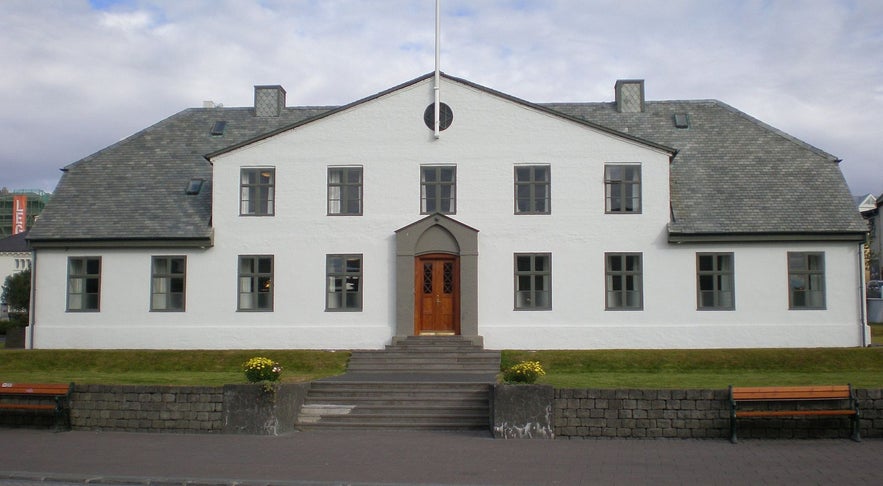
图片来源:Wikimedia, Creative Commons, by Guðmundur D. Haraldsson。未作修改。
Stjórnarráðshúsið位于市中心Laekjartorg广场旁,自1904年以来一直是冰岛总理的官方办公地。地处市中心,既无围栏也无明显安保,这一景象充分体现了冰岛的安全与宁静氛围。当然,当这里被卫生纸和涂鸦覆盖时,也说明民众对现任政府的不满。
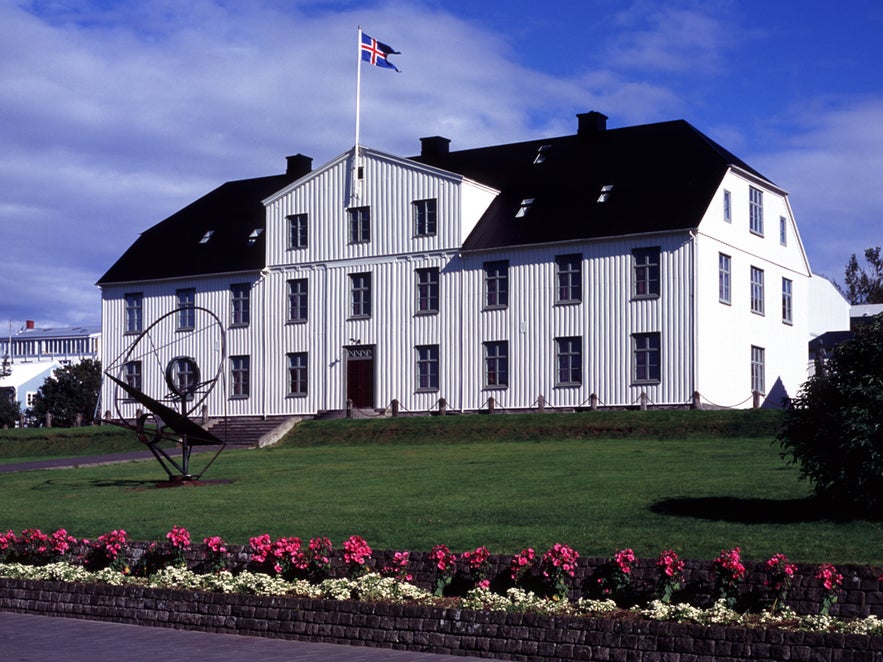
图片来源:Wikimedia, Creative Commons, by Herbert G。未作修改。
总理府与冰岛最古老的教育机构——雷克雅未克中学(Menntaskólinn í Reykjavík)同在一条街上。该校始建于1056年,最初位于斯卡尔霍特(Skalholt)主教区,1786年迁至雷克雅未克,1846年落户现址。
长屋遗址(The Longhouse Ruins)
虽然本篇主要介绍观光景点而非博物馆,但雷克雅未克定居展览馆(Settlement Exhibition)是历史爱好者不可错过的例外。在这里,您可以看到雷克雅未克地区最早定居点的考古遗迹,部分文物可追溯至9世纪。
馆内还保存有一座10世纪长屋的大厅和墙体遗迹。成人门票现为2900冰岛克朗(约21美元),18岁以下免费,开放时间一般为每日10:00-17:00。参观还可通过地下通道连接至Adalstraeti 10号的新城市历史展览。展馆位于雷克雅未克最古老的街道Adalstraeti,这里有18世纪中叶的建筑。
- 点击查看雷克雅未克十大博物馆
Laugavegur大街
Laugavegur大街是雷克雅未克的主要购物街,以精品店、餐厅和酒吧闻名,也是城市最古老的街道之一。其名称意为“洗衣路”,因其通往Laugardalur的温泉,早年人们在此洗衣。
这条街建于1885年,至今仍保留着多家历史悠久的场所,如雷克雅未克最古老的咖啡馆之一Prikið(创立于1951年)。近年来,更多步行友好街道与Laugavegur和Austurstraeti大街相连,形成了长长的无车路段,夏季尤为热闹。
- 另请参阅冰岛历史上最著名的九位人物
- 阅读我们的雷克雅未克Prikið咖啡馆测评
雷克雅未克的文化地标
20世纪和21世纪,雷克雅未克的文化蓬勃发展。二战前,这座城市几乎没有值得一提的建筑或艺术、社交场所。战后发展和旅游业的兴起,使雷克雅未克迅速崛起,甚至在2000年被评为欧洲文化之都之一。
哈尔格林姆斯大教堂(Hallgrimskirkja Church)
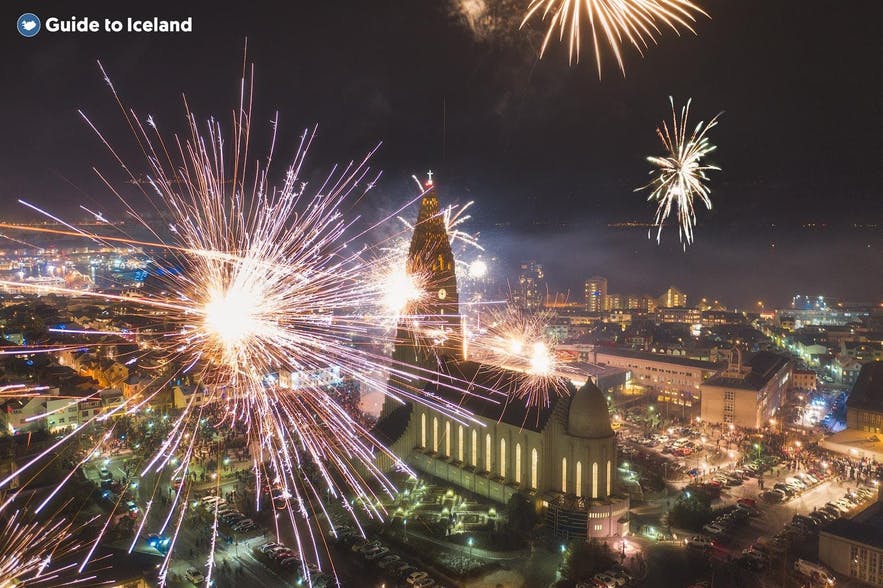 哈尔格林姆斯大教堂(Hallgrimskirkja)无疑是雷克雅未克最具标志性的建筑。高达74.5米,是冰岛最高的建筑之一,且位于山丘之巅,更显巍峨。这座路德宗教堂于1986年祝圣,历时41年建成,以17世纪冰岛诗人兼牧师哈尔格林姆·彼得松(Hallgrímur Pétursson)命名。
哈尔格林姆斯大教堂(Hallgrimskirkja)无疑是雷克雅未克最具标志性的建筑。高达74.5米,是冰岛最高的建筑之一,且位于山丘之巅,更显巍峨。这座路德宗教堂于1986年祝圣,历时41年建成,以17世纪冰岛诗人兼牧师哈尔格林姆·彼得松(Hallgrímur Pétursson)命名。
教堂之美主要源于其独特的设计灵感。极具冰岛特色,三大灵感分别来自新教简约风格、全国各地常见的六边形玄武岩柱(最著名的如斯瓦蒂瀑布(Svartifoss Waterfall)),以及北欧雷神托尔之锤的造型。

教堂免费开放,内部宽敞的大厅、巨大的管风琴和精美的艺术品令人赞叹。您还可以登上教堂塔楼,俯瞰全城美景。
当前门票价格:成人1400冰岛克朗(约10美元);7-16岁儿童200冰岛克朗(约1.5美元),老年人、学生和残障人士可享优惠。开放时间随季节变化,礼拜期间塔楼关闭。
哈帕音乐厅(Harpa Concert Hall)

内部声学效果世界一流,是冰岛交响乐团的驻地,全年举办从古典音乐到喜剧的各类演出。
年度亮点包括11月初的Iceland Airwaves音乐节、1月的当代音乐Dark Music Days,以及每年8月的雷克雅未克爵士音乐节(Reykjavik Jazz Festival)。
- 点击查看冰岛十大节日
冰岛国家剧院(National Theatre of Iceland)
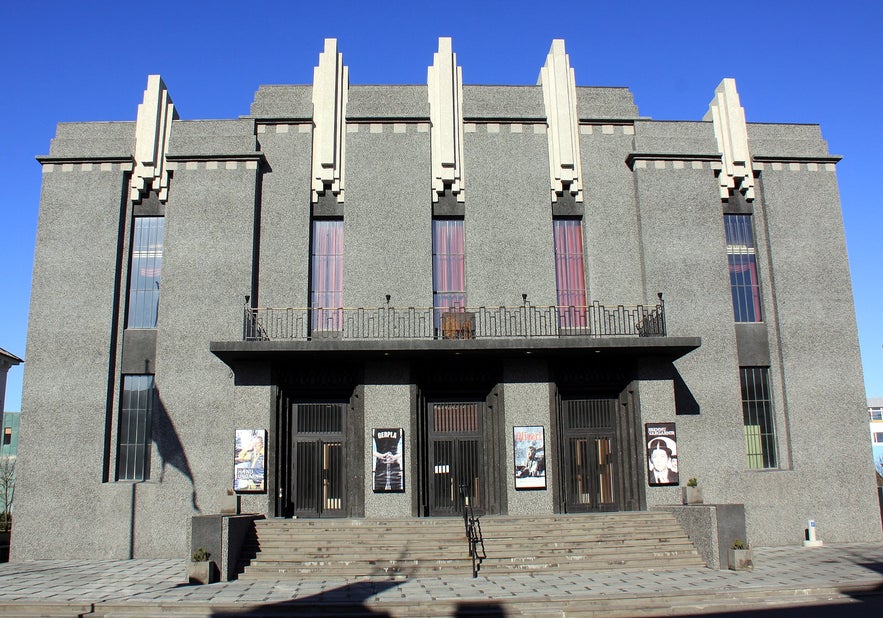
冰岛国家剧院(National Theatre of Iceland)于1950年开放,以其独特的建筑风格和精彩的演出闻名。虽然大多数演出为冰岛语,但剧院也会举办英文剧目、木偶剧和儿童剧。许多在此首演的剧目获得了国内外大奖,并在全球巡演。
- 点击查看雷克雅未克十大必做之事
雷克雅未克的艺术地标
雷克雅未克许多最值得观光的亮点,正是那些公开展示的艺术作品。从历史雕像到覆盖建筑墙面的壁画,这座城市充满了艺术匠心,致敬冰岛人民的才华与努力。热爱艺术的游客在游览以下景点时定会被这些作品深深吸引。
太阳航海者雕塑(Sun Voyager)
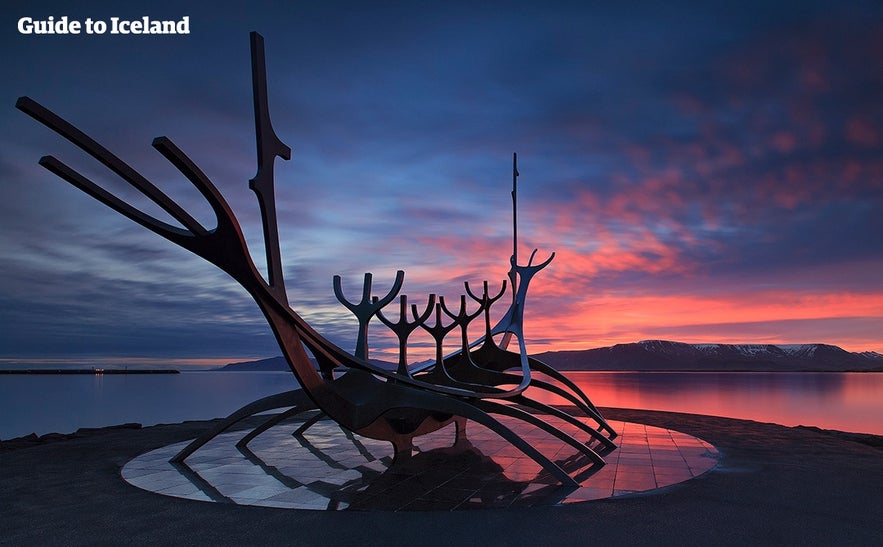
太阳航海者最初是为纪念雷克雅未克建城200周年而于1986年举办的设计竞赛作品。雕塑于1990年8月18日城市生日当天揭幕。遗憾的是,Gunnar未能亲眼见证雕塑的落成,但他通过这件作品为城市留下了永恒的印记和深远的意义。
埃纳·约恩松雕塑花园(Einar Jónsson Sculpture Garden)
埃纳·约恩松(Einar Jónsson)是冰岛最具才华和开创性的艺术家之一。生于1874年,他曾在海外学习雕塑二十年,当时雕塑在冰岛几乎无人问津。他反对模仿他人,致力于开辟独特的艺术道路,最终在国际上声名鹊起,阿尔庭议会特邀他回国为国家创作,并为他提供了工作室和住所。
直到1954年,他创作了大量杰作,通常以石膏为材,耗时长达十年。如今,他的大部分作品收藏于埃纳·约恩松博物馆和雕塑花园(Einar Jónsson Museum and Sculpture Garden),紧邻哈尔格林姆斯大教堂。花园免费开放,漫步其中,任何热爱艺术的人都会被其精湛工艺所折服。
埃纳·约恩松博物馆位于园内,成人门票1,500冰岛克朗(约11美元),18岁以下免费。
其他雕塑
自埃纳·约恩松以来,雕塑在冰岛已成为更为常见的艺术形式。即便如此,他依然创作了许多城市中最著名的雕塑。例如,他为总理府外雕刻了丹麦国王克里斯蒂安九世向冰岛民族颁发第一部宪法的雕像,以及冰岛获得自治后首任部长Hannes Hafstein的雕像。他还创作了雷克雅未克创始人英戈尔弗·阿尔纳松(Ingólfur Arnarson)的雕像,矗立在俯瞰市中心的Arnarholl山丘上。
当然,许多其他艺术家也为历史名人雕塑作出了贡献。例如,哈尔格林姆斯大教堂前有一尊莱夫·埃里克松(Leif Eriksson)雕像——他是首位抵达美洲的欧洲人,由美国于1930年赠送。诗人托马斯·古德蒙松(Tómas Guðmundsson)的雕像则坐落在市中心长椅上,由Halla Gunnarsdóttir创作。
还有一些雕塑表现现代普通市民,如Ólöf Pálsdóttir创作的《儿子》、《女孩》和《音乐家》,以及历史上的普通人。其中最著名的是Ásmundur Sveinsson的《挑水女》,致敬自定居时代起在Laugavegur大街挑水的女性。
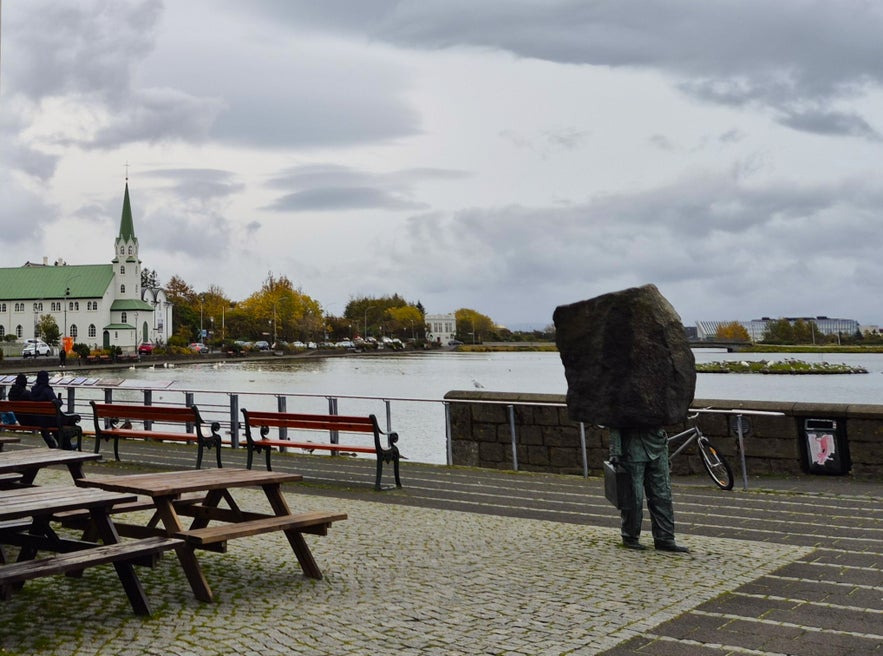
并非所有雕塑都表现人物。有些是抽象作品,如Gerður Helgadóttir的扭曲雕塑《Sculpture》。也有政治寓意的作品,如Magnús Tómasson的《无名官僚纪念碑(Monument to an Unknown Bureaucrat)》。2012年,Santiago Sierra创作的《黑色圆锥体——公民不服从纪念碑(Black Cone, Monument to Civil Disobedience)》以金属圆锥劈开巨石,象征草根力量冲破腐败。
雷克雅未克街头艺术
雷克雅未克观光的一大亮点,是遍布城市的缤纷街头艺术。受音乐、冰岛民间传说和想象力启发,许多墙面都被精美绘画装点。
需要注意的是,街头艺术不断变化:2015年WALL-POETRY项目创作的许多作品至今仍在,而部分已随建筑更迭而消失。城市现已绘制了160多处街头艺术地图,并定期更新。
- 另请参阅:雷克雅未克涂鸦和街头艺术指南
或许最知名、最受喜爱的街头艺术,自2013年以来一直点缀着历史悠久的老港区。澳大利亚艺术家Guido van Helten在破旧墙面上绘制了复古风格的照片画,将雷克雅未克最破败的区域之一变成了最受赞誉的艺术地带。
- 点击查看雷克雅未克艺术画廊
雷克雅未克的自然景观
作为首都,雷克雅未克却深深融入冰岛自然之中。晴朗日子里,您可在多个地点远眺雷克雅内斯半岛(Reykjanes Peninsula)的荒凉火山地貌、斯奈山半岛(Snaefellsnes Peninsula)的雪山,以及蓝山(Blafjoll)的巍峨身影。此外,市内还有众多绿地,让您远离喧嚣,享受宁静。
格罗塔灯塔(Grotta Lighthouse)
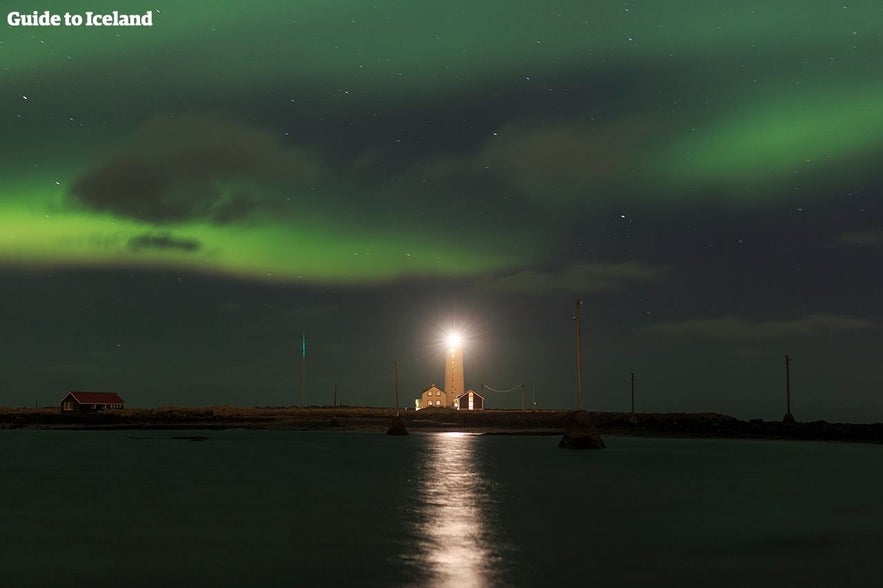
日出或日落时分,尤其值得前往;冬季晴朗夜晚则是观赏北极光的绝佳地点。这里还有一个名为Kvika的小型地热足浴池,您可以在此放松双足。只有在退潮时才能步行穿越沙洲抵达灯塔,5月1日至7月15日鸟类筑巢季期间禁止进入自然保护区,请合理安排行程。
珍珠楼和Oskjuhlid(Perlan and Oskjuhlid)
与哈尔格林姆斯大教堂(Hallgrimskirkja)和哈帕音乐厅(Harpa)一样,珍珠楼(Perlan)是雷克雅未克最具标志性的建筑之一。珍珠楼坐落在Oskjuhlid山郁郁葱葱的山丘之巅,这座圆顶建筑曾经顶部设有旋转餐厅。
如需进入观景台,您需要购买冰岛奇观展览门票,展览包括可步行穿越的冰洞、火山体验以及Áróra极光天文馆影片。站在观景台上,您可将森林、城市、海岸线及周边群山的壮丽全景尽收眼底,绝对物超所值。
奥斯丘利德山的森林是雷克雅未克市内远离喧嚣的理想之地。茂密的树林隔绝了城市的痕迹,林间蜿蜒着许多宜人的徒步小径。
其中一些小径通往二战时期的旧防御工事,所幸这些工事从未被使用过。还有一些小径通向阿萨特鲁神庙(Temple of Asatru),这是古北欧众神的信仰场所。森林下方便是人工打造的Nautholsvik海滩,夏季部分区域由地热加热,配备更衣设施、热水浴池和蒸汽浴室,开放时间随季节调整。
劳加达鲁尔公园(Laugardalur Park)
图片来自Wikimedia, Creative Commons, by Helgi Haldórsson。未作修改。
劳加达鲁尔公园是市内一片广阔的绿地,拥有众多吸引游客的景点。这里有一年四季开放的植物园,种植着丰富的北极花卉和植物,夏季盛开时尤为值得一游。家庭公园和动物园(The Family Park and Zoo)全年开放,您可以近距离观赏北极狐、驯鹿等多种冰岛动物。
公园内还设有雷克雅未克最大的泳池——劳加达尔斯劳格(Laugardalslaug),配备滑梯、热水池、桑拿、蒸汽房和宽敞的游泳区。游览劳加达鲁尔公园,您不仅能沉浸于冰岛的自然花草与动物之中,还能在市区内体验地热活动的独特魅力。
维迪岛(Videy Island)
 本篇最后一处推荐的观光地需乘船前往,但对于追求自然宁静、历史与文化的游客来说,这里绝对值得一游。前往维迪岛(Videy)的渡船夏季每日发船,冬季则在周末运营。全年可从Skarfabakki码头购买往返船票,夏季高峰期还会从老港口(Old Harbour)加开班次。
本篇最后一处推荐的观光地需乘船前往,但对于追求自然宁静、历史与文化的游客来说,这里绝对值得一游。前往维迪岛(Videy)的渡船夏季每日发船,冬季则在周末运营。全年可从Skarfabakki码头购买往返船票,夏季高峰期还会从老港口(Old Harbour)加开班次。
如今岛上无人居住,但依然有许多值得探索的景点。岛上散布着早期定居时期的遗迹,您可以自由漫步其间,现存的建筑也有着重要的历史意义。岛上的教堂是冰岛最古老的石质教堂之一,而建于1755年的维迪屋(Videy House)则是冰岛最古老的石制住宅。
维迪岛还拥有两项重要的艺术装置。理查德·塞拉(Richard Serra)的里程碑项目(Milestone Project)自1990年起便矗立于此。近年来,更为著名的是小野洋子(Yoko Ono)的“想象和平塔”(Imagine Peace Tower),每年特定时节会向夜空投射出一道光柱。
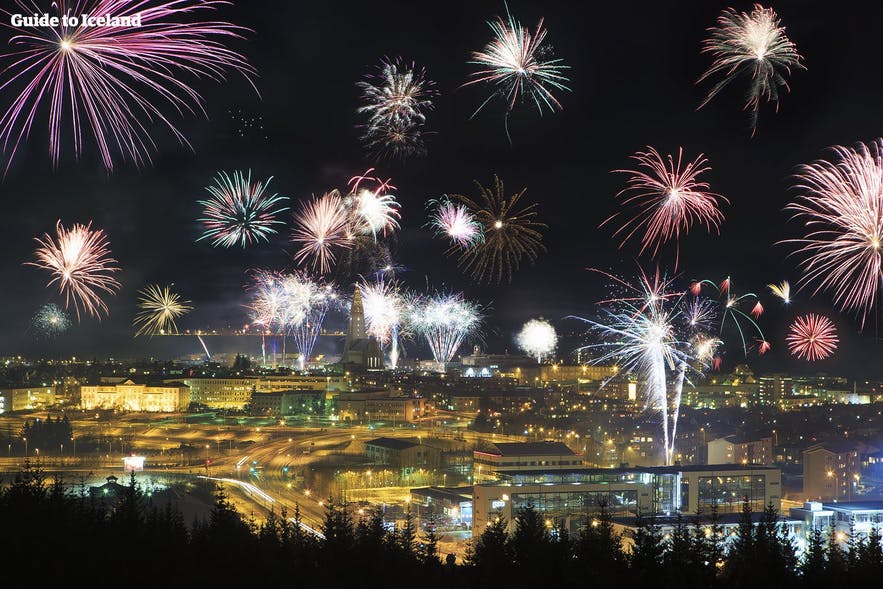 雷克雅未克已成为一座充满活力、现代感与独特魅力的城市。这里历史、文化、艺术与自然资源丰富多彩,各类景点能满足不同兴趣的游客。随着越来越多的人前来探索,这座城市也在不断进步、发展与繁荣。
雷克雅未克已成为一座充满活力、现代感与独特魅力的城市。这里历史、文化、艺术与自然资源丰富多彩,各类景点能满足不同兴趣的游客。随着越来越多的人前来探索,这座城市也在不断进步、发展与繁荣。
- 推荐阅读:雷克雅未克十大必做之事

